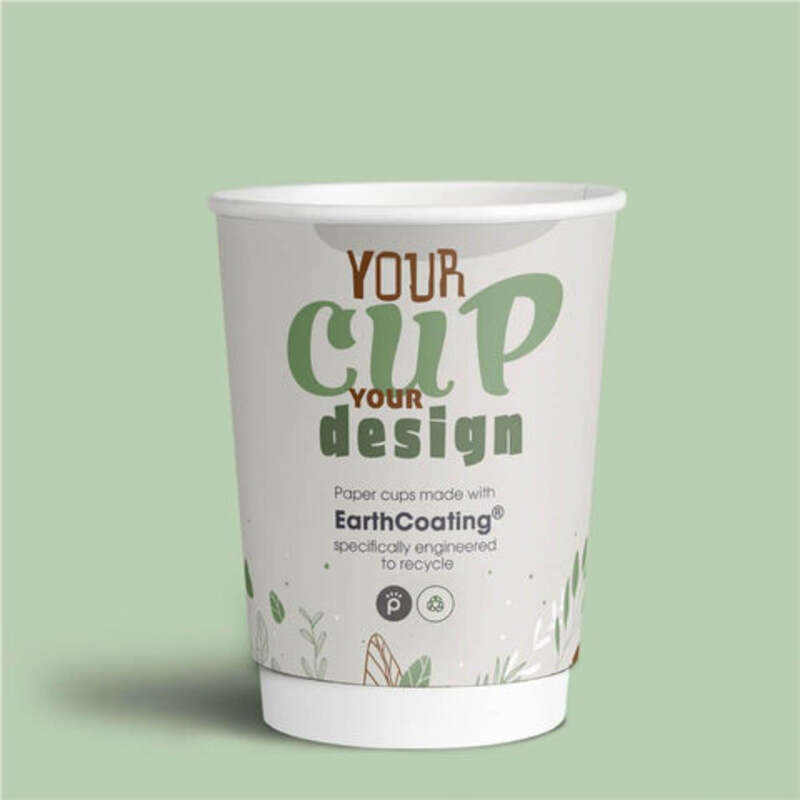Biodegradable Food Packaging A Sustainable Solution for the Future
In recent years, the urgent need for sustainable practices has become increasingly clear, particularly in the food industry. Traditional food packaging, often composed of plastics and other non-biodegradable materials, has significant environmental consequences. As awareness grows about the detrimental impacts of plastic waste on our planet, biodegradable food packaging offers a promising solution that aligns with the global push towards sustainability.
Biodegradable food packaging refers to materials that can be decomposed by biological processes, breaking down into natural substances in a relatively short amount of time after disposal. This type of packaging is typically made from renewable resources such as plant-based materials, including starch, cellulose, and polylactic acid (PLA), which is derived from corn or sugarcane. The primary advantage of biodegradable packaging is its ability to reduce the volume of waste sent to landfills, thereby lessening environmental pollution and the burden on waste management systems.
One of the most significant benefits of biodegradable food packaging is its potential to mitigate plastic pollution. According to a report from the United Nations, approximately 300 million tons of plastic are produced globally each year, with a substantial amount ending up in oceans, rivers, and other natural environments. Marine life is particularly vulnerable; plastic waste can be ingested by fish and other wildlife, leading to dire consequences for both biodiversity and food safety. By transitioning to biodegradable options, the food industry can significantly decrease its contribution to this pressing issue.
Moreover, the use of biodegradable packaging can improve the overall environmental footprint of food products. Unlike traditional plastics, which can take hundreds of years to decompose, biodegradable materials can break down in a few months under the right conditions. This rapid decomposition process not only reduces waste but also minimizes greenhouse gas emissions associated with the production and disposal of conventional plastics. Furthermore, many biodegradable options are compostable, meaning they can be turned into nutrient-rich compost that benefits soil health, promoting a circular economy.
biodegradable food packaging

Despite these advantages, the adoption of biodegradable food packaging is not without challenges. One major concern is the cost of production. Biodegradable materials often require advanced technologies and processes, which can result in higher prices compared to traditional packaging. This can pose a barrier for small businesses looking to implement sustainable practices. However, as demand for biodegradable products continues to grow, economies of scale may lead to cost reductions in the future.
Another challenge is consumer awareness and education. Many individuals remain unaware of the differences between biodegradable, compostable, and recyclable materials. Misunderstandings can lead to improper disposal, undermining the intended environmental benefits. It's crucial for companies and environmental organizations to engage in educational campaigns that clearly communicate the benefits of biodegradable packaging and proper disposal methods.
Innovations in biodegradable packaging are continuously emerging, and there is a growing number of companies dedicated to developing sustainable alternatives. Some brands are now creating packaging made from seaweed, mushrooms, or even food waste, highlighting the creativity and potential of eco-friendly solutions. As technology advances, we can expect to see even more diverse options that cater to various consumer needs while minimizing environmental impact.
In conclusion, biodegradable food packaging presents a viable path toward a more sustainable future. By reducing reliance on traditional plastics and promoting practices that support environmental health, biodegradable materials can play a crucial role in reshaping the food industry. While challenges remain in terms of cost and consumer understanding, the increasing demand for sustainable products indicates a significant shift in consumer preferences. As we continue to pursue greener solutions, biodegradable food packaging stands as a beacon of hope for a cleaner planet, benefiting both current and future generations.



